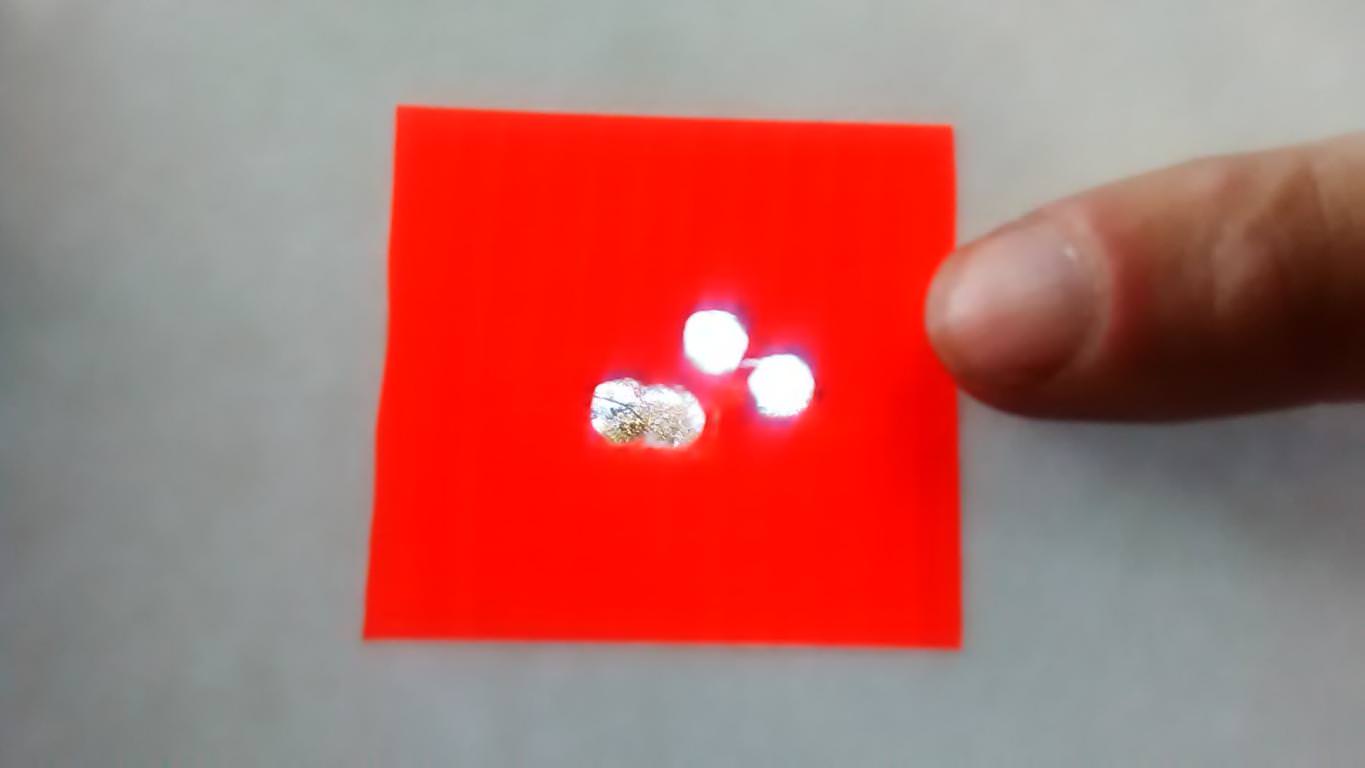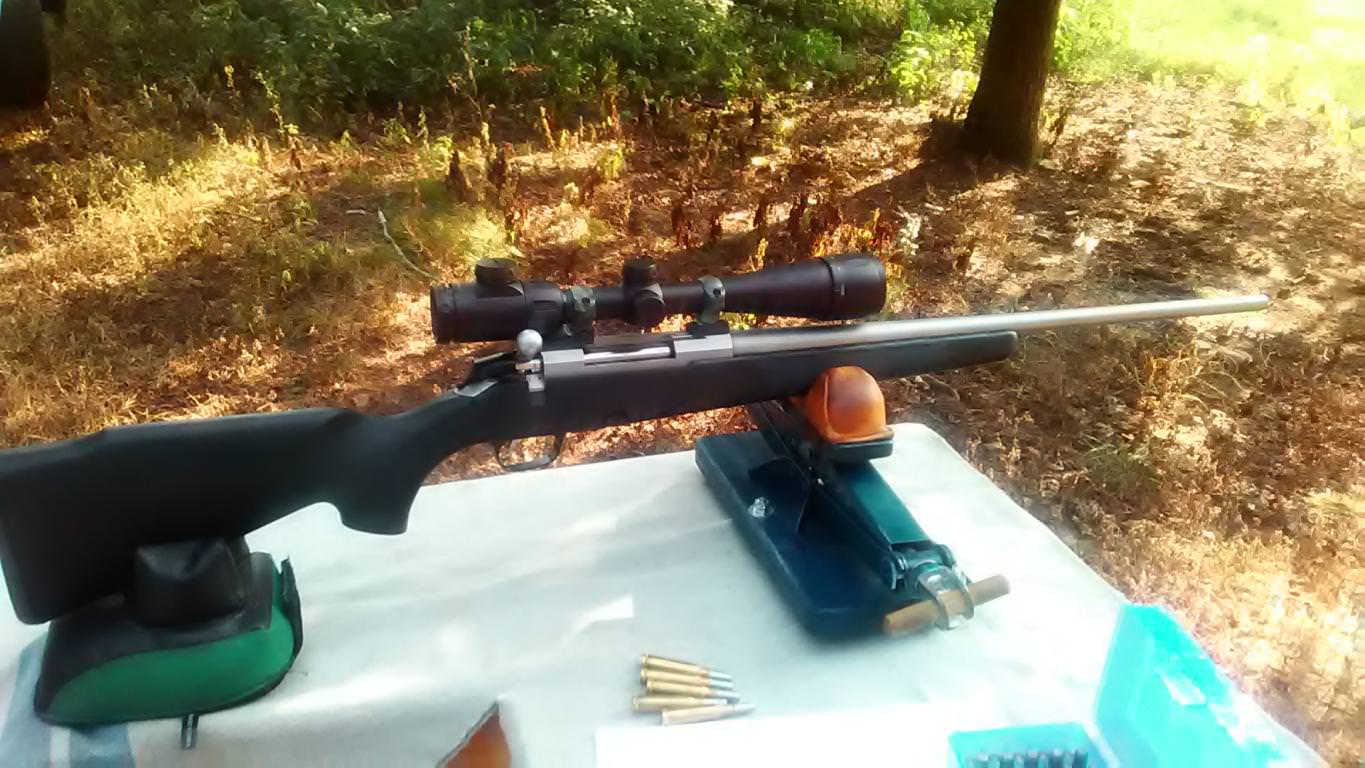My friend Bryan has an older model Tikka ( pre T-3 ) stainless bolt action rifle in .308 Win.
Today he fired 5 rounds at 100 yards into 5/8" . He was shooting my bullet that I designed, the Accurate, 212 gr. gas check ( single lube groove ) sized to .311" with 17.5 grs. of 2400. The bullet has a 2 diameter nose.




Today he fired 5 rounds at 100 yards into 5/8" . He was shooting my bullet that I designed, the Accurate, 212 gr. gas check ( single lube groove ) sized to .311" with 17.5 grs. of 2400. The bullet has a 2 diameter nose.




Last edited:
